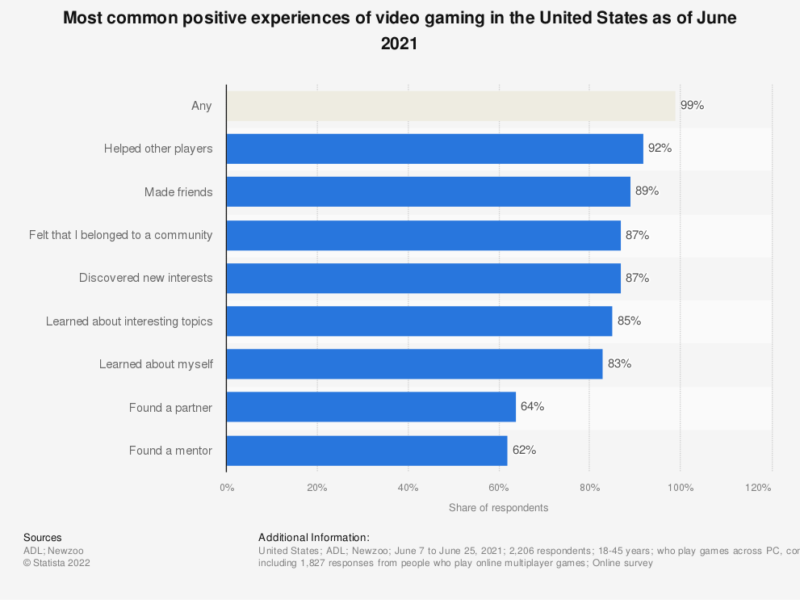Introduction
The popularity of online games
The popularity of online games has been on the rise for many years now. With the advancement of technology, online games have become more accessible and engaging than ever before. The convenience of being able to play from anywhere, at any time, has made online gaming a favorite pastime for many people. Additionally, the social aspect of online gaming has also contributed to its popularity. Players can connect with others from all over the world, forming communities and friendships through their shared love of gaming. As a result, the online gaming industry has grown exponentially, with new games and platforms constantly being developed to meet the demands of players.
The development process
The development process of online games is a complex and multi-stage process that involves a team of professionals with different skills and expertise. It usually starts with the conceptualization of the game idea, followed by the creation of a prototype or a minimum viable product (MVP). Once the MVP is tested and refined, the development team moves on to the actual production phase, where the game’s graphics, sound, and gameplay mechanics are developed and integrated. This phase is followed by extensive testing and bug fixing, as well as the implementation of additional features and content. Finally, the game is released to the public, and the development team continues to monitor and update it based on user feedback and analytics. The development process is a collaborative effort that requires creativity, technical skills, and attention to detail to create a successful and engaging online game.
Pre-production
Conceptualization and brainstorming
Conceptualization and brainstorming are the initial stages of game development. This is where the game developers come up with the game’s concept, storyline, and gameplay mechanics. The team brainstorms ideas and discusses the feasibility of each one. They also consider the target audience and the platform on which the game will be released. This stage is crucial as it sets the foundation for the entire development process. Once the concept is finalized, the team moves on to the next stage of development, which is prototyping.
Market research and analysis
Market research and analysis is a crucial step in the development of online games. It involves gathering data on the target audience, their preferences, and the current market trends. This information is then used to create a game that will appeal to the target audience and stand out in the market. Developers also analyze the competition to identify gaps in the market and areas where they can differentiate their game. By conducting thorough market research and analysis, developers can ensure that their game has the best chance of success in a highly competitive industry.
Creating a game design document
Creating a game design document is one of the most crucial steps in the development process. This document outlines the game’s concept, mechanics, story, characters, levels, and other important details. It serves as a blueprint for the development team and ensures that everyone is on the same page. The document also helps the team to identify potential issues and make necessary changes before the development process begins. A well-written game design document can save time and resources, and ultimately lead to a successful game.
Production
Creating game assets
Creating game assets is a crucial step in the development of online games. Game assets refer to the visual and audio elements that make up the game, such as characters, environments, and sound effects. These assets are created by a team of artists and designers who work closely with the game developers to ensure that the game looks and sounds as intended. The process of creating game assets involves a combination of traditional art techniques and digital tools, such as 3D modeling software and animation programs. The artists and designers must also consider factors such as game mechanics and player experience when creating assets, as these elements can impact how the game is perceived by players. Overall, creating game assets is a complex and collaborative process that requires a high level of skill and attention to detail.
Programming and coding
Programming and coding are the backbone of online game development. It involves creating the game’s logic, designing the user interface, and implementing the game’s features. Programmers use various programming languages such as C++, Java, and Python to write the code that makes the game work. They also use game engines like Unity and Unreal Engine to simplify the development process. The coding process is iterative, with programmers testing and debugging the code until it works flawlessly. The programming and coding stage is crucial to the success of the game, as it determines how the game will function and how players will interact with it.
Testing and bug fixing
Testing and bug fixing is a crucial part of the development process for online games. Once the game is built, it undergoes rigorous testing to identify any bugs or glitches that may affect the gameplay experience. This testing is done by a team of quality assurance testers who play the game repeatedly, trying to break it in any way possible. Any issues that are found are then reported to the development team, who work to fix them. This process can take several rounds of testing and bug fixing before the game is ready for release. It’s important to catch as many bugs as possible before the game is released to the public, as it can be difficult and costly to fix them once the game is live.
Iterative development
Iterative development is a common approach used in the development of online games. This process involves creating a basic version of the game and then testing it with a small group of players. The feedback received from these players is then used to improve the game and create a new version. This cycle is repeated multiple times until the game is ready for release. Iterative development allows developers to identify and fix issues early on in the development process, resulting in a better final product. It also allows for flexibility in the development process, as changes can be made based on player feedback. Overall, iterative development is a crucial step in creating successful online games.
Post-production
Polishing and refining
Polishing and refining is the final stage of game development, where the focus is on perfecting the game’s user experience. This involves fixing any bugs or glitches, improving the game’s graphics and sound, and fine-tuning the gameplay mechanics. Developers also conduct extensive playtesting to ensure that the game is enjoyable and engaging for players. During this stage, developers may also add additional features or content to the game to enhance its replayability. Once the game has been polished and refined to the developers’ satisfaction, it is ready for release to the public.
Marketing and promotion
Marketing and promotion play a crucial role in the success of online games. Developers need to create a buzz around their game before its release to attract potential players. This can be done through various channels such as social media, gaming forums, and gaming events. Once the game is released, developers need to continue promoting it through updates, new content, and special events to keep players engaged and interested. Additionally, partnerships with influencers and gaming websites can help increase visibility and attract new players. Effective marketing and promotion can make or break a game’s success in the highly competitive online gaming industry.
Launching the game
Launching the game is the final step in the development process. This is when the game is made available to the public for download or purchase. Before the launch, developers conduct extensive testing to ensure that the game is bug-free and runs smoothly. They also create marketing campaigns to promote the game and generate buzz among potential players. Once the game is launched, developers continue to monitor it for any issues and release updates to improve gameplay and fix any bugs that may arise. Launching a game is a crucial moment for developers, as it marks the culmination of months or even years of hard work and dedication.
Ongoing updates and maintenance
Ongoing updates and maintenance are crucial for the success of online games. Developers need to continuously monitor the game’s performance and make necessary updates to keep it running smoothly. This includes fixing bugs, adding new features, and improving the overall gameplay experience. Additionally, developers need to ensure that the game is secure and protected from hackers and other malicious attacks. Regular maintenance also involves monitoring the game’s servers and ensuring that they are running efficiently to prevent downtime and ensure a seamless gaming experience for players. Overall, ongoing updates and maintenance are essential for keeping online games engaging and enjoyable for players.
Conclusion
The importance of collaboration
The importance of collaboration in online game development cannot be overstated. With so many different aspects involved in creating a successful game, from programming to art design to sound effects, it is essential that all team members work together seamlessly. Collaboration allows for the sharing of ideas, the pooling of resources, and the identification and resolution of potential issues before they become major problems. Without collaboration, online games would not be able to achieve the level of complexity and sophistication that players have come to expect.
The future of online game development
The future of online game development looks promising with the advancements in technology. Virtual reality and augmented reality are expected to revolutionize the gaming industry, providing players with an immersive experience. The use of artificial intelligence and machine learning will also enhance the gameplay by creating more realistic and challenging opponents. Moreover, the integration of blockchain technology will enable players to own their in-game assets and trade them with other players, creating a new economy within the game. With these innovations, online game developers will have to adapt and evolve to meet the changing demands of the players.


